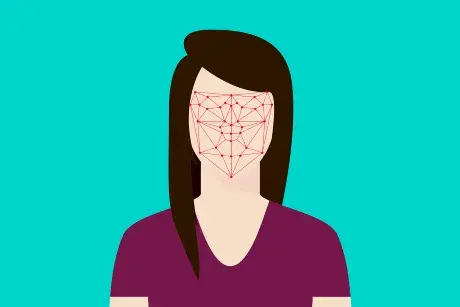Facial Recognition

What is facial recognition?
Facial recognition is a type of computer algorithm that seeks to identify a person in an image. This technology has been in development since the 1960s. Early systems used photos processed by humans to compare measurements of facial features to determine matches. Today’s systems use AI and machine learning to recognize human faces. In recent years, the technology has improved significantly. Since 2014 error rates have dropped from 4.1% to 0.08%.
Criminal law concerns
Criminal defense attorneys recognize the danger of the software misidentifying suspects. An article in the August 2020 issue of the New York State Bar Journal discusses some of those cases. In 2015 Denver police arrested a man identified by facial recognition software without corroboration. Similarly, in 2020, Detroit police arrested a man for shoplifting without checking his alibi. In both instances, courts found that while facial recognition technology could be used as an investigative tool, it could not be used as dispositive evidence in such cases.
Personal privacy concerns
Another area of law which concerns facial recognition software is that of personal privacy. Texas, Washington, California, New York, and Arkansas have regulated facial recognition by defining biometric data as personal information. Illinois goes even further by providing a private right of action for violations. For more detailed information about this subject see Jason B. Binimow, State Statutes Regulating Collection or Disclosure of Consumer Biometric or Genetic Information, 41 A.L.R.7th 4 (Originally published in 2019) [Available on Lexis or Westlaw].
Library Blog

